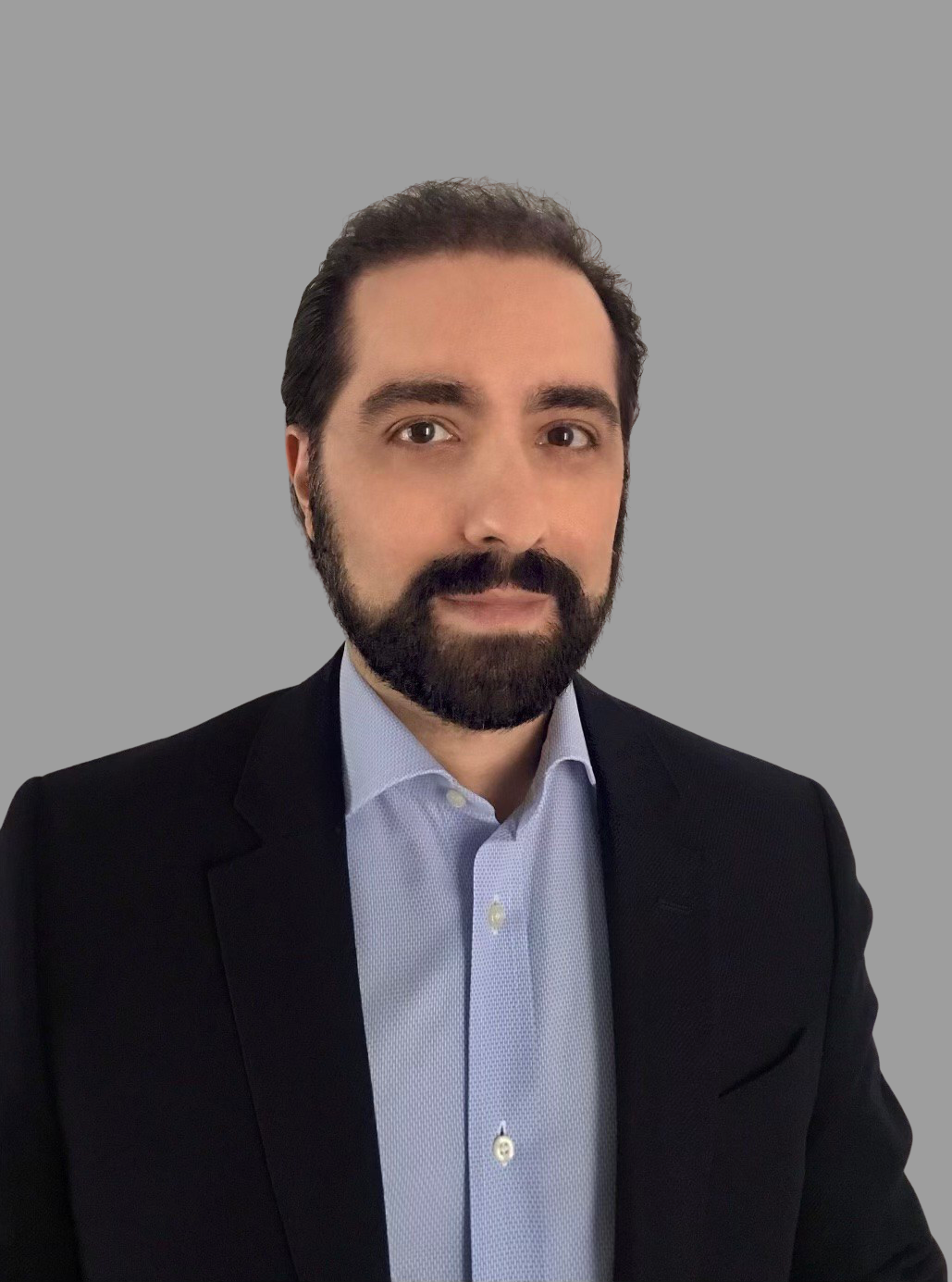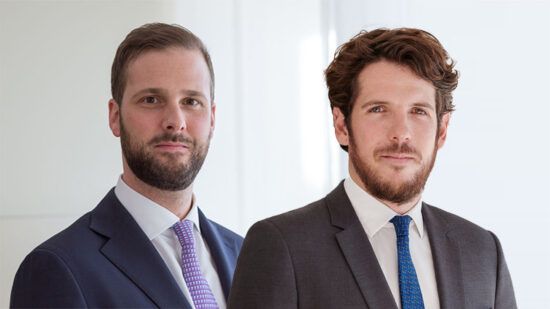ESG is firmly under the spotlight in asset management. But how should asset management firms communicate ESG to clients who are interested in sustainability but overwhelmed and mistrustful of content about the topic?
Conversations between asset managers and their clients have shifted from why ESG is important to how the associated products work and their risks, limitations and outcomes. However, there is growing scepticism and indifference in the market about undifferentiated, vague ESG content as well as concern and apprehension among clients about greenwashing.
It’s more important than ever for asset managers to ensure their ESG content is distinctive and inspiring but also authentic and accurate. They also need to get ahead of upcoming regulations. Unlike the EU, regulations regarding ESG in the US have fluctuated between a neutral and negative stance.
For example, regulations have traditionally placed the responsibility on trustees to prove ESG investing does indeed generate better performance. However, in a positive sign for ESG investing, the Department of Labor recently issued a proposed rule that would allow plan fiduciaries to consider climate change and other ESG factors when they select investments and exercise shareholder rights. The SEC is widely expected to mandate new ESG rules this year. It has already highlighted inconsistent ESG naming conventions and misleading marketing practices as areas that warrant attention. Regulatory, industry and client concerns should be top of mind when planning and implementing ESG communications.
See also: – SEC proposes mandatory climate-risk disclosures for public companies
Advisors want to see clear and precise content about the criteria or metrics used in selecting and conducting due diligence on investments, monitoring investments and measuring impact. But as well as demonstrating ESG in their products and services, asset managers should articulate how their corporate values align with those of their clients, especially at the firm level. This includes demonstrating their commitment to ESG in their own operations. For example, explaining their actions to improve diversity and inclusion, or energy and waste efficiency, in their own business.
Examples
While the market for ESG investments is nascent and fast-evolving, some asset management firms are already communicating ESG in an authentic and differentiated way. For example, Vanguard articulates a multifaceted approach at firm-level to addressing ESG issues in its own operations. This encompasses climate change, diversity and inclusion, and what it calls ethics, which includes governance, compliance and stewardship topics. At product-level, in its “ESG Lineup” series, it clearly breaks down its ESG funds according to their differing investment styles and objectives. For example, the Vanguard FTSE Social Index Fund excludes companies involved in vice products, non-renewable energy and weapons.
Parnassus Investments, the largest dedicated ESG manager in the US and a pioneer in responsible investing, also adopts a comprehensive communications approach across firm-level and product-level content and at every stage of the customer journey. It explains how ESG is rooted in its history and values, which stretch back almost 40 years, and how this translates into its ESG approach and products. For example, it describes how it integrates ESG research into its investment process, evaluates and engages with companies on ESG issues, and votes its clients’ proxies in alignment with its values. It also provides examples of how it invests the cash assets of some of its funds to finance economic development projects and how employees volunteer to support ESG causes they care about.
Firms with thoughtful, authentic and distinctive ESG communications will succeed in inspiring trust and confidence in clients. This will be crucial if they are to differentiate themselves in the market, attract capital, and successfully steward funds to sustainable causes.








